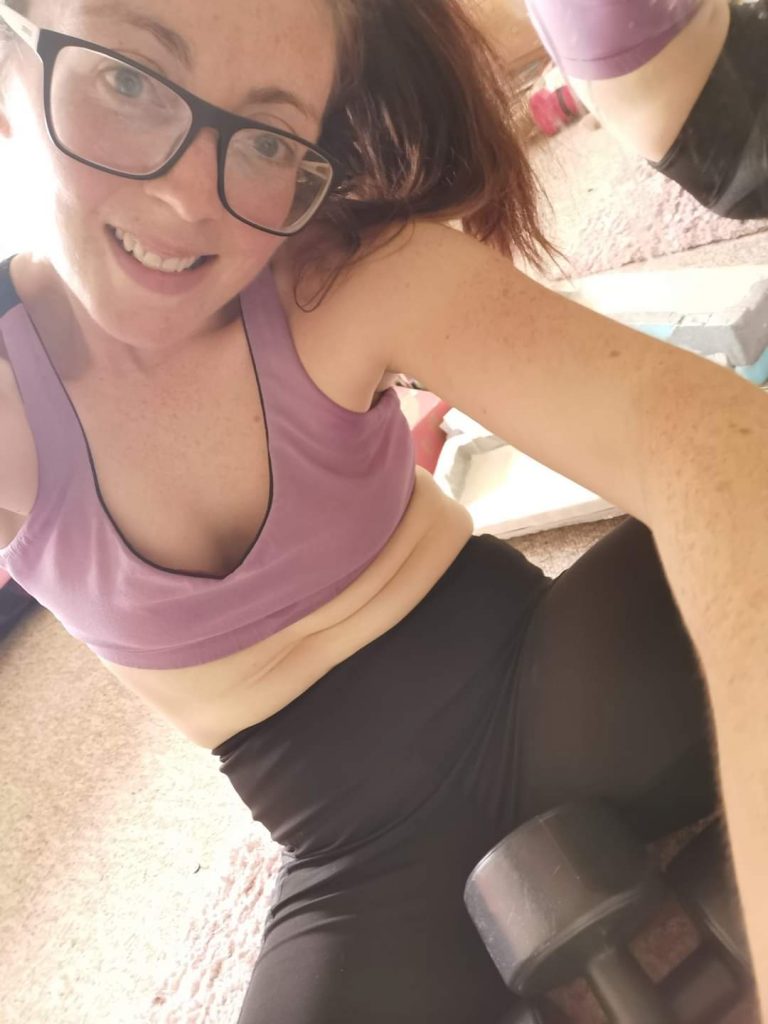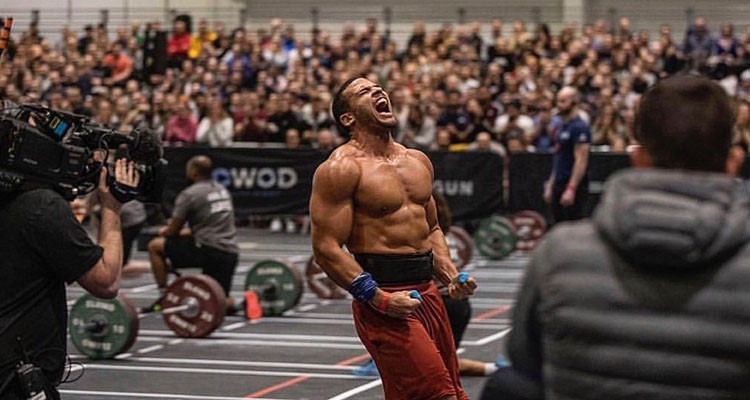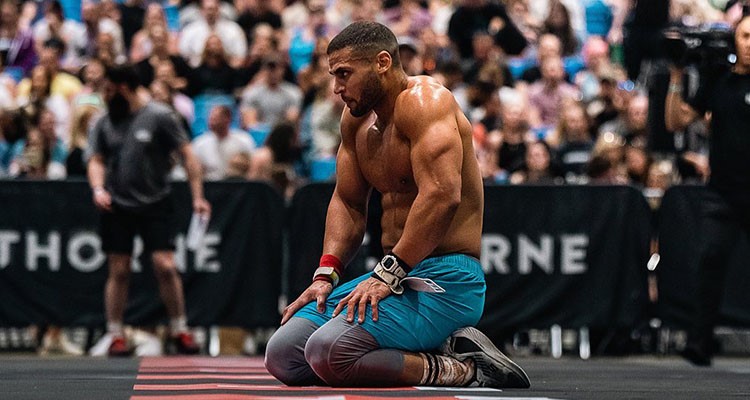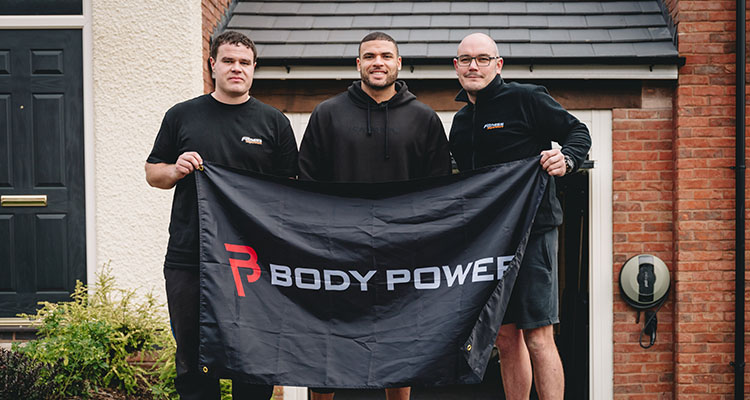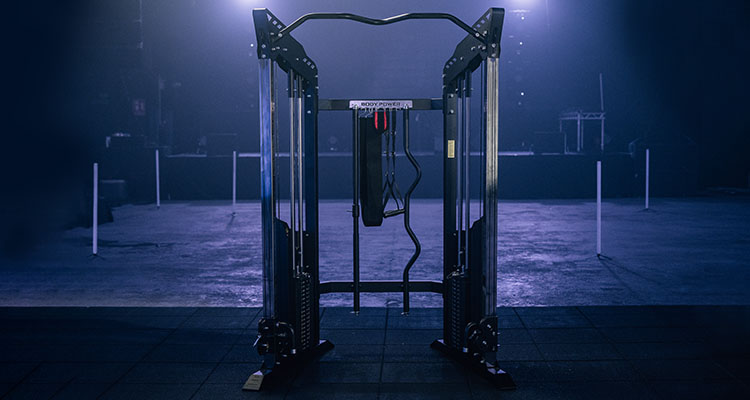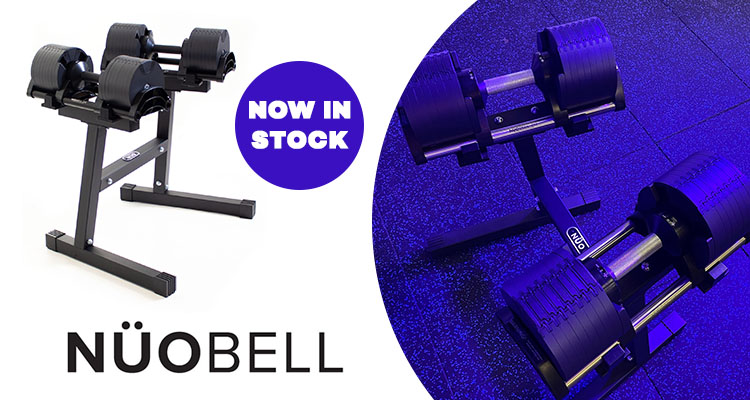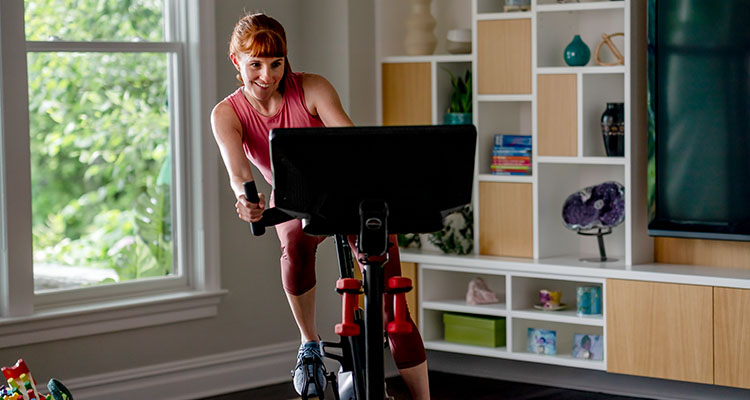PT's top picks for a great home workout
As a personal trainer who often trains people outdoors or in their own houses, for me, being able to work out at home is really important. As the weather changes and we move into colder months, the convenience of exercising at home is obviously attractive. And even if you are an avid gym goer, what about if you can’t get to the gym? The 2020 Covid-19 pandemic has forced so many of us away from the gym, and it seems like it’s produced a bit of a movement, with people opting to exercise from home, even with gyms open again. Training at home definitely seems to be the “in thing” with shops and online stores enjoying a massive surge in purchases of fitness equipment.
When the gyms were forced to shut in March 2020, I could no longer teach my classes in the gym, so I did all my training at home and, where I could, outside. My clients were keen for recommendations on the best fitness equipment to buy, and so here are my recommendations for a great home workout.
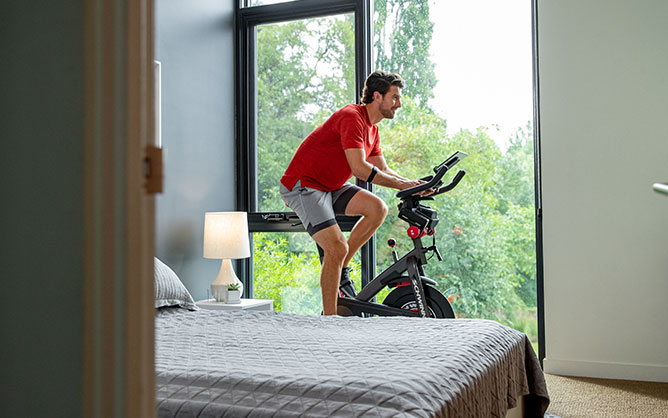
1. Dumbbells - For me, dumbbells are a staple when it comes to fitness equipment. I could train without them, but I wouldn’t want to! Dumbbells are just so versatile, allowing for total body training. What I also love to do is include these in a HIIT (High Intensity Interval Training) workout, mixing cardio with weight training, and making body weight exercises, such as squats, that bit tougher. You could purchase individual pairs of dumbbells, or a dumbbell set. My advice is to purchase a couple of different weights to cover different muscle groups and to allow for progression. For example, during lockdown, I was using 5kg dumbbells for exercises such as bicep curls, shoulder press etc. but I moved up to 6kgs as I got stronger in certain areas. For more advanced weight trainers or anyone training for strength and power, adjustable dumbbells would be a great investment. These save space and allow for lots of progression!
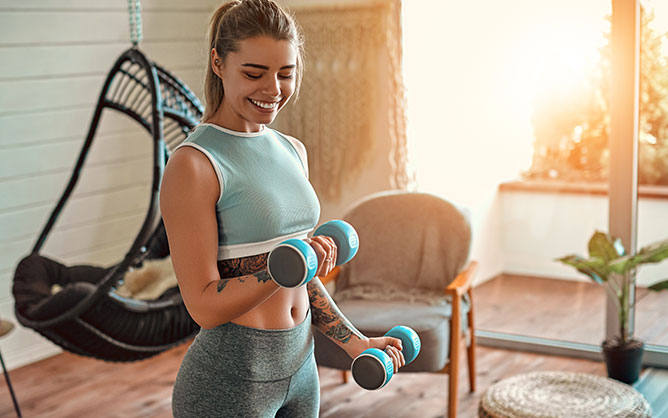
2. Resistance bands – These don’t look like much, but they really are a great addition to home workouts. Available in a range of resistances, these bands will take resistance training to a different level, massively intensifying a wide range of exercises. I use these often with clients. For tough sideways squat walks, buttock-crunching glute bridges, and triceps rows to name just a few. Lightweight, space saving and inexpensive, these bands should be in everyone’s home fitness programme as they are ideal for everyone from the beginner to the more advanced exerciser.
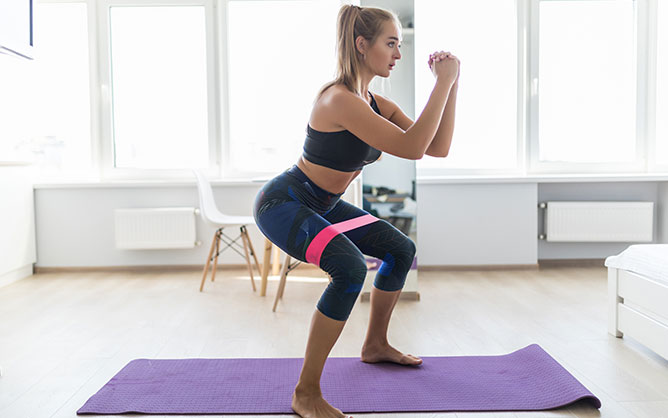
3. Benches – A decent bench is definitely a must-have for anyone performing weight training exercises at home. It’s simply great for assisting your weight training, providing a solid, comfortable training platform so you can maximise performance. A decent bench is imperative for a wide range of upper body exercises using either dumbbells or a barbell, such as the bench press or shoulder press. In addition, it can also be used for an incredible range of body weight exercises, such as triceps dips, incline push ups, feet or hand elevated burpees, single leg jump overs, or sideways planks to name just a few! A flat bench is great, but if you opt for one that inclines and declines, you’ll have even more options to maximise your training and increase versatility.
It’s important to note here that an aerobic step can also be useful for a wide range of body weight exercises. This is another relatively inexpensive piece of equipment that I often recommend for my clients, and use with them often. Weighted and non-weighted step ups, jumps, press ups, lighter weight training exercises - all can be performed effectively with a decent aerobic step. But for heavier weight training, a decent bench is always the best option.
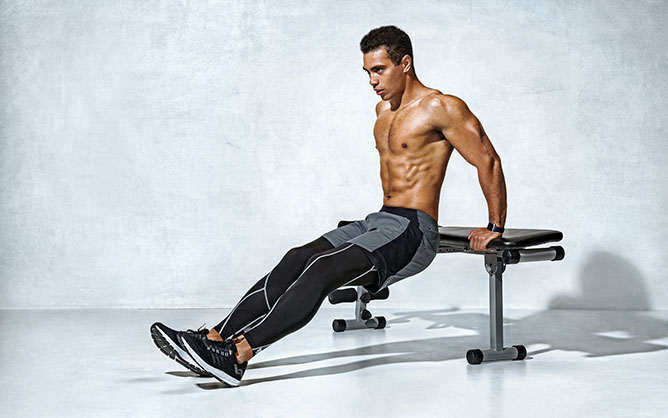
4. A Max Trainer – I’m a big fan of HIIT training, so although I don’t feel a cardio machine is imperative, it’s certainly worth having. This is because it ensures you do get that cardio workout, which is so important for your heart health, and also complements weight training. If you prefer weight training, a cardio machine is great as it’s simple. You hop on, and you pedal, or row, or run etc. Also, if you’re a beginner to exercise, it offers a safe platform for you to train. Personally, I would always opt for a low impact machine, such as an elliptical cross trainer, or – my fave – the Bowflex Max Trainer. To get a break from HIIT training, I love to mix things up by using the Max Trainer. Sort of a mix between a stepper and a cross trainer, the Max Trainer offers a HIIT-style workout in a different way with its 14-minute workout. However, you can use it for continuous level training also. Another big plus is that it’s got a pretty small footprint, so is great in smaller spaces.
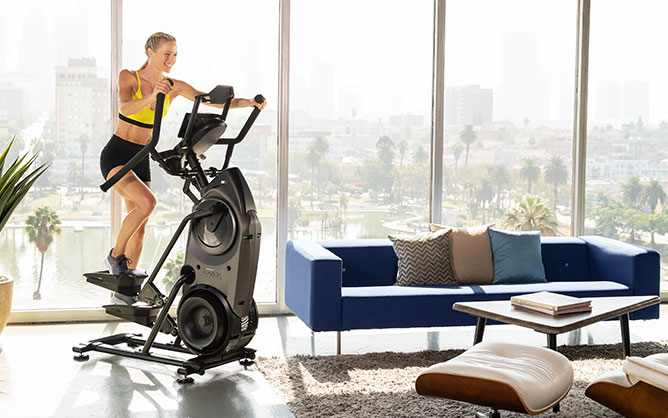
So, what does my home workout programme look like? As said, I’m a massive fan of HIIT training – I love that is offers huge calorie burn in less time and is so versatile - so I do a lot of that, usually about 40 minutes long, along with strength training. I use a mix of strength equipment including dumbbells and kettlebells, and use these for my progressive weight training, as well as for my HIIT workouts, which I always ensure mix cardio with strength training. For example, I may perform 40 secs of burpees to get that heart rate high, then follow this with weighted lunges. I also use the Bowflex Max Trainer at least once a week instead of a HIIT workout. As a studio cycle instructor, I am also a keen fan of studio cycles as these offer minimal impact with massive calorie burning potential.
Training at home offers convenience, you don’t need to wait around for machines or equipment, and you don’t have to travel anywhere or work around opening times. With some decent, well-chosen fitness equipment at your disposal, you can maximise your training in the same way you would in the gym. I love training at home and outdoors, and wouldn’t have it any other way.
